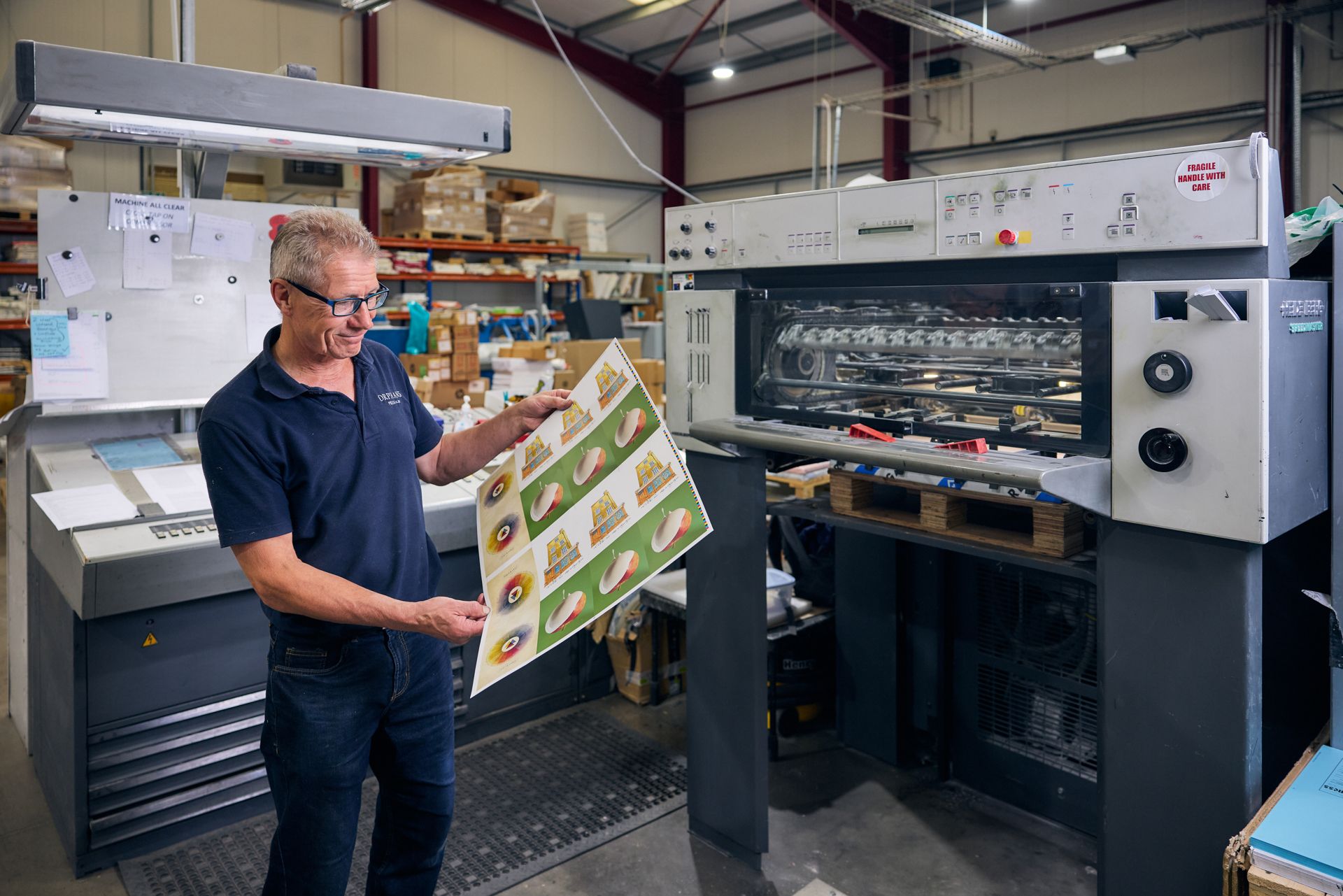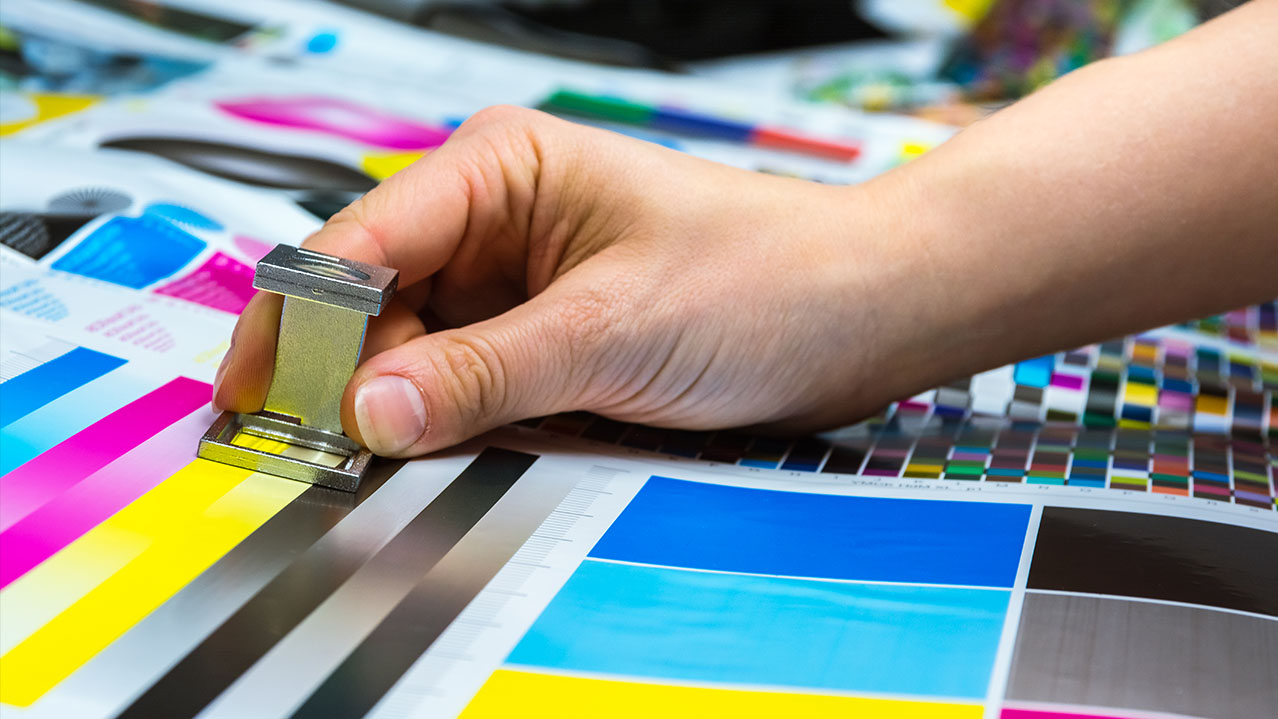A Comprehensive Guide to Recognizing Litho Printing Methods
The globe of litho printing, a technique stemming from the late 18th century, is a remarkable mix of history, scientific research, art and innovation. This thorough guide will certainly decipher the complexities of this printing method, from the make-up of litho inks to the obstacles dealt with in contemporary applications. As we venture right into the complexities of lithography, the relevance of automation and sustainability in guaranteeing its future relevance becomes increasingly clear. Stay with us as we journey right into the captivating realm of litho printing.
The Historical Evolution of Litho Printing
The historical trajectory of litho printing, an essential development in the world of communication, is a captivating story of human resourcefulness. Birthed in the late 18th century by Alois Senefelder, this strategy was at first an economical approach of releasing theatrical jobs. Lithography, obtained from the Greek words for 'rock' and 'to write', made use of a smooth rock surface area to move images onto paper. The procedure developed with the introduction of the rotary press, which considerably enhanced performance (litho printing). In the 20th century, the development of countered lithography changed the market, enabling mass manufacturing of premium prints. Each phase of litho printing's development showcases humankind's ruthless quest of effectiveness and high quality in aesthetic communication.
Deciphering the Science Behind Litho Printing Inks
Progressing in the exploration of litho printing methods, the emphasis currently shifts to the science behind litho printing inks. The structure of these inks, their drying procedure, and color mixing methods form the backbone of this complex art form. Recognizing these components is essential to mastering the craft and achieving the desired print results.
Make-up of Litho Inks
In lithographic printing, the fundamental role of litho inks can not be overstated. Pigments, the color-providing elements, are finely ground bits put on hold in the vehicle, a fluid that lugs the pigment onto the printing surface area. Each element plays a vital part in the final print's quality, making the exact formula of litho inks an intricate scientific research.
Ink Drying Refine
From the make-up of litho inks, interest turns to the remarkable process of ink drying out. Two main approaches are used in litho printing: oxidative drying and absorption. Absorption, on the various other hand, entails the ink permeating right into the paper fibers, which is a quicker process however can lead to much less vibrant shades.
Color Combining Methods
While the drying procedure plays a vital role in litho printing, the science of color mixing strategies holds equal significance. The science behind litho printing inks likewise takes right into account the transparency of the ink, which influences how colors overlay and mix.
The Art and Design Aspects in Litho Printing
Litho printing takes a breath life into art and design via its distinct elements. The procedure includes creating a picture on a lithographic limestone plate or steel plate with a smooth surface. The photo is then printed onto a tool, generally paper, by transferring the ink from home plate. What sets litho publishing apart is its capability to duplicate complex styles with high fidelity, making the result almost identical to the initial art work. This is attained via making use of various line techniques such as stippling, cross-hatching, and hatching, which permit for a series of tonal results. Litho printing fits a range of shades, making it possible for musicians to produce dynamic and vibrant prints. This mix of accuracy and convenience makes litho printing a favored choice for several artists and designers.
Modern Applications of Litho Printing Methods
Litho printing strategies have located extensive usage in the modern-day industrial industry. Its impact and importance remain to expand with the development of brand-new advancements and technologies in the area. This area will certainly check out these modern applications and the transformative role they play in the printing industry.
Business Litho Printing Utilizes
In today's digital age, one may ask yourself concerning the relevance of traditional printing techniques. Yet, litho printing stays an essential component of the commercial sector. High-volume printing tasks, such as the manufacturing of publications, newspapers, and packaging, rely upon litho printing for its ability to provide remarkable image quality and expense effectiveness. The process, which includes transferring an inked photo from a plate onto a rubber blanket my blog and after click for source that to the printing surface, supplies unrivaled consistency. This makes it suitable for work needing a huge print run. Litho printing also provides a wide shade spectrum, above that of digital printing. This makes it the go-to selection for projects that require vivid, top quality color recreation.
Technologies in Litho Printing
Pushing the borders of typical techniques, contemporary advancements have sustained a host of innovations in litho printing. One popular development is electronic litho printing, which combines the virtues of electronic modern technology with litho's high-grade result. These advancements underscore the long-lasting importance of litho printing in the modern globe.
Discovering the Refine of Litho Printing: Detailed

Difficulties and Solutions in Contemporary Litho Printing

In spite of the precision and custom that litho printing happily promotes, it is not without its collection of contemporary difficulties. The most widespread problems include the high preliminary configuration expense, problem in printing variable data, and ecological worries due to chemical use. However, options are becoming innovation evolves. Digital litho printing enables cost-efficient brief runs and easy modification, addressing the issue of variable information. Environmentally-friendly inks and much safer plate-making processes minimize ecological concerns. Additionally, improvements in automation have actually decreased labor expenses, better equalizing the lithography procedure. Hence, while there are challenges, the litho printing industry is proactively adjusting to satisfy them head-on, guaranteeing its relevance in the future.
Verdict
In final thought, litho printing, with its rich background and clinical complexities, holds a significant area in the print sector. As the guide discloses, it's a synthesis of art and modern technology, with contemporary developments ensuring its significance. The market deals with difficulties that need ingenious remedies, with a focus on automation and sustainability. The future of litho printing Go Here rests on its capacity to adapt to these changing needs, verifying its enduring value in a developing market.
